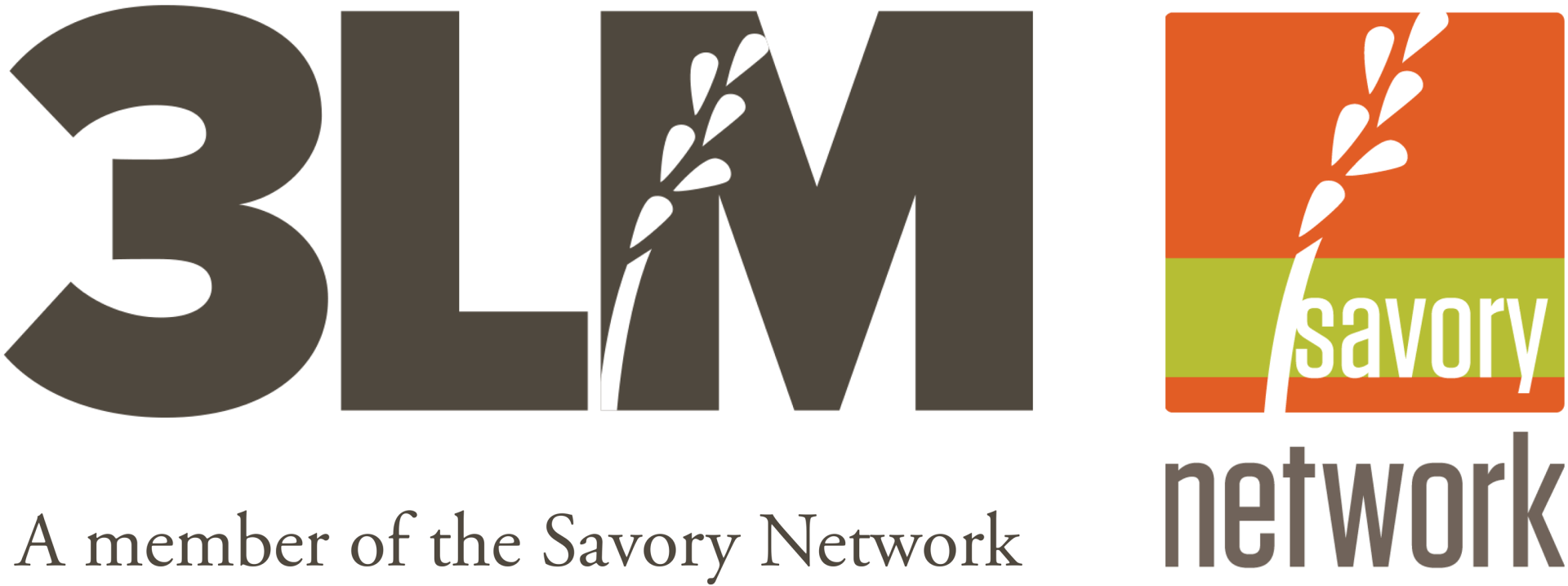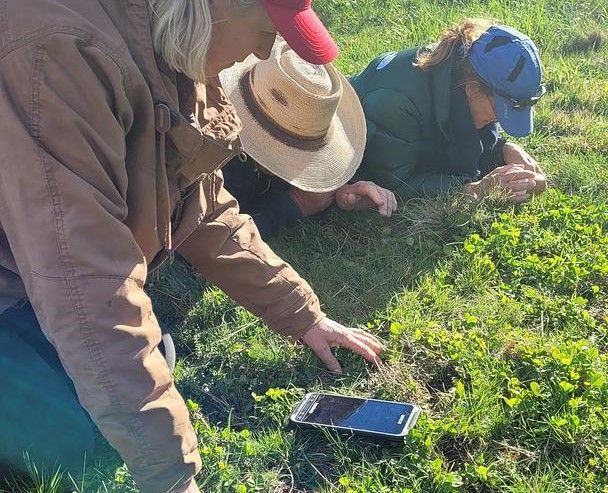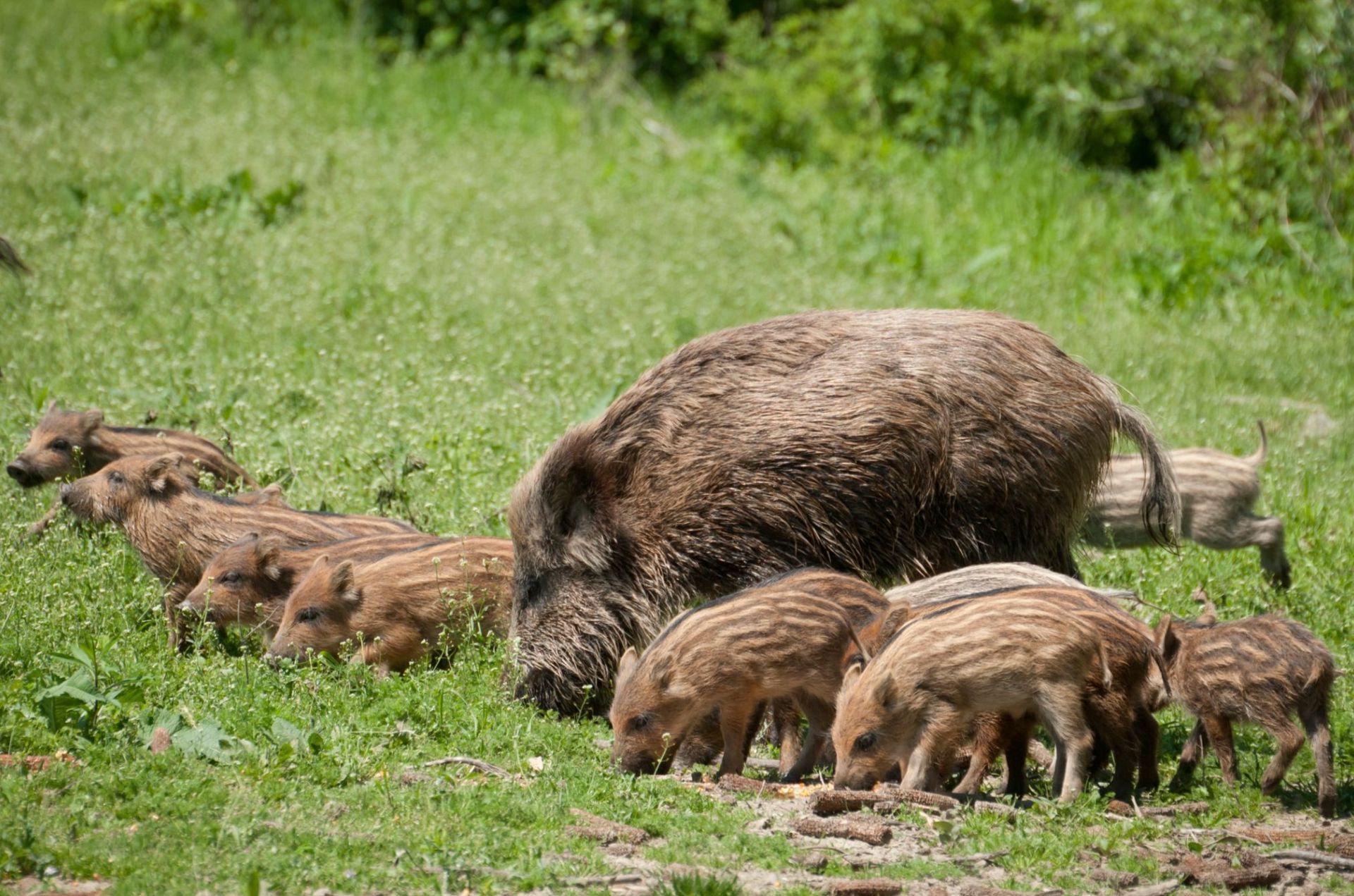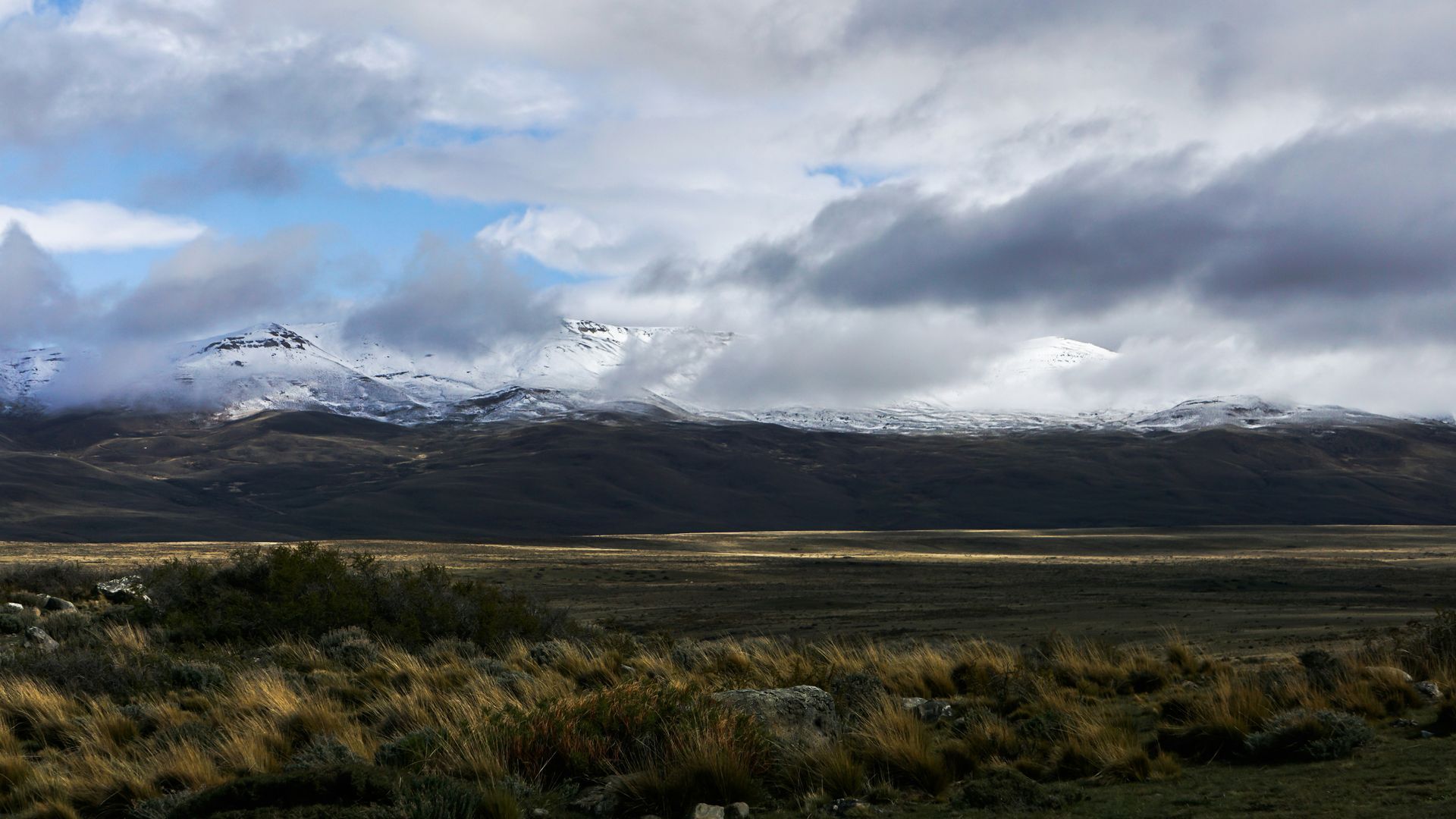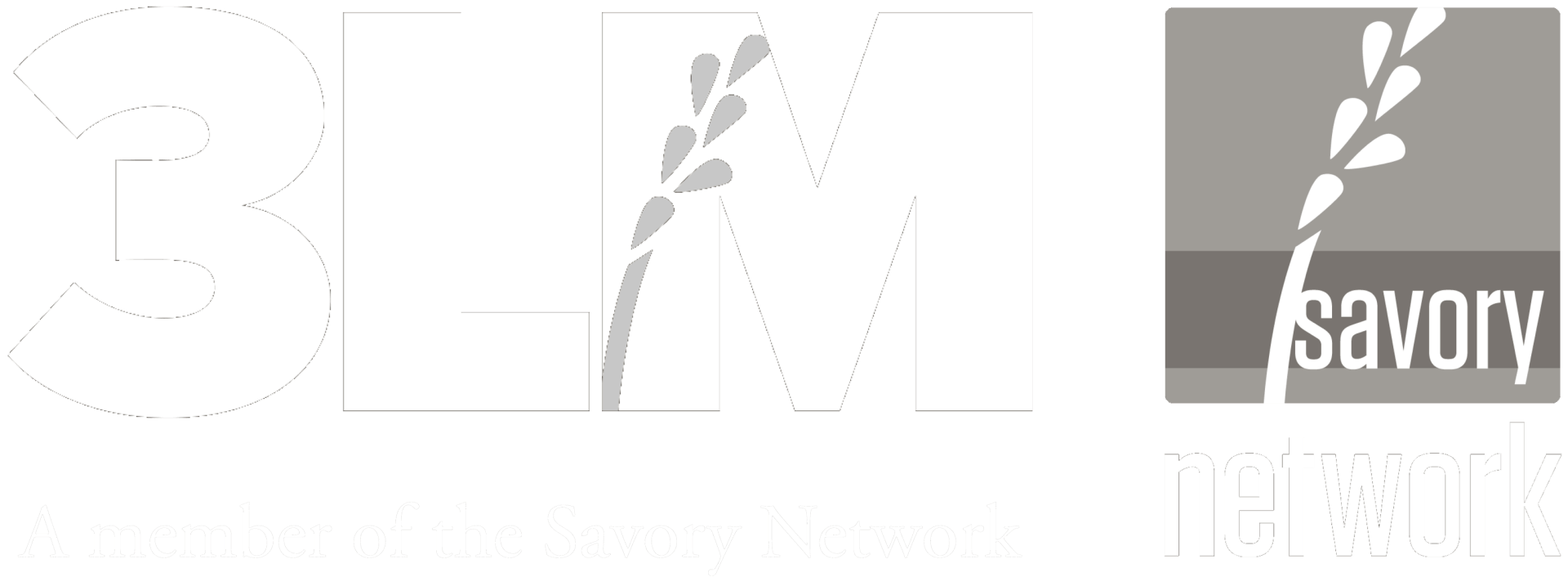Introducing Bart
Scaling Ecological Outcome Verification at Speed with Bart:
Our Proprietary Innovation

At 3LM, we are deeply committed to driving global change in regenerative agriculture. Ecological Outcome Verification (EOV) has long been at the heart of ensuring land health, but traditional methods have presented significant challenges in terms of scalability, efficiency, and accessibility. Paper-based documentation has slowed progress, made data management cumbersome, and created unnecessary barriers to achieving real impact. Recognising these limitations, we developed Bart—our proprietary software designed to revolutionise EOV and accelerate the global transition to regenerative land management.
The Challenge: Scaling EOV for Global Impact
We are dedicated to expanding the reach and effectiveness of regenerative agriculture, we needed a solution that would allow us to scale EOV rapidly without compromising accuracy or efficiency. With the growing demand for land monitoring worldwide, we sought a system that could streamline data collection and reporting, enabling us to implement regenerative practices at scale. Bart is the answer to that challenge, providing a seamless, technology-driven approach to monitoring land health.
Bart: A Digital Leap Forward
With Bart, we have eliminated the inefficiencies of outdated monitoring systems. Our software enables real-time data collection, organisation, and reporting, allowing monitors to capture text, numerical inputs, and photographs efficiently in the field. By digitising this process, we have freed monitors from administrative burdens, enabling them to focus on identifying patterns in the landscape that drive meaningful change.
Robust Functionality in Any Environment
One of Bart’s standout features is its adaptability. Whether in remote landscapes without connectivity or in urban areas with stable internet access, Bart ensures reliable data capture. When no connection is available, the software retains all data and synchronises automatically once access is restored.
Additionally, we designed Bart to withstand the demands of fieldwork. It functions effectively in rugged conditions, supports extended battery life, and allows monitors to work in any weather. This ensures that wherever we operate, Bart remains a dependable tool in our mission to restore ecosystems globally.
Seamless Data Processing and Reporting
Bart is more than just a data collection tool—it’s a fully integrated system that processes, checks, and analyses information in real-time. It automatically flags inconsistencies, allowing monitors to correct any errors before finalising reports. This significantly reduces the time between data collection and actionable insights, ensuring that land managers and farmers receive immediate, accurate feedback.
For us at 3LM, this means we can scale our work at an unprecedented pace, reaching more landowners and enabling faster adoption of regenerative practices. By removing bottlenecks in data handling and reporting, Bart allows us to focus on what truly matters—facilitating tangible ecological improvements.
Quality Assurance and Trust in the Process
Ensuring the integrity of EOV data is paramount to our work. Bart is embedded within a rigorous global quality assurance framework, overseen by the Savory Institute. Our trained verifiers can access the system to review and validate data, maintaining high standards of accuracy. This not only guarantees data reliability but also strengthens trust between monitors, farmers, and stakeholders.
The Human Element: Empowering Monitors and Farmers
Despite its advanced technology, Bart is fundamentally about enhancing human expertise. We train our monitors extensively to ensure consistency in ecosystem function assessments. Bart supports this by allowing comparisons between different monitors’ evaluations, refining accuracy over time.
For farmers, Bart provides clarity and immediate insights into their land’s ecological health. By integrating EOV data into their decision-making, they can refine their land management strategies with confidence. The software also facilitates real-time discussions between monitors and land managers, strengthening collaboration and fostering proactive land stewardship.
A Step Change in Regenerative Agriculture
Bart has transformed how we conduct EOV, making the process faster, more scalable, and far more efficient. As a proprietary innovation of 3LM, it enables us to accelerate the adoption of regenerative practices on a global scale.
By eliminating outdated, time-consuming processes, Bart empowers our organisation and our partners to enact meaningful change at speed. With this cutting-edge technology, we are paving the way for a future where land health is monitored and managed with greater precision, efficiency, and impact.
For us, Bart is more than a software—it’s a catalyst for global regeneration, ensuring that the future of land management is not just sustainable but scalable at the pace required to meet today’s ecological challenges.

